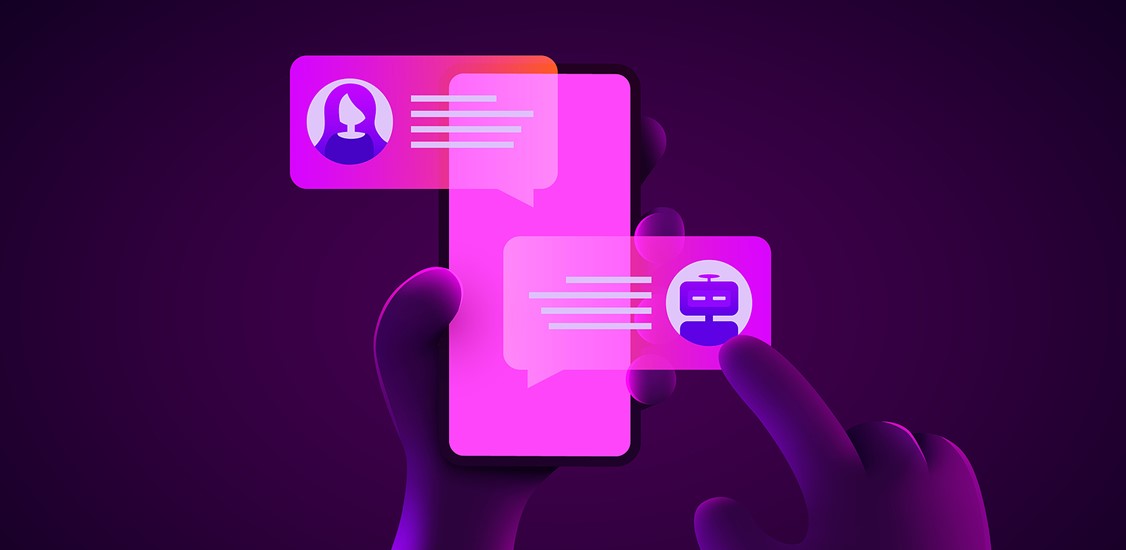According to Zendesk, nearly 50 percent of consumers say their support interactions have grown more frustrating over the last year. That’s a worrying trend: for over half of consumers, just a single negative interaction can spur them to take their business elsewhere.
Customer care leaders can’t afford to plow forward using traditional support models. It’s time to rethink the digital toolkit for quality support. Two emerging technologies worth considering: app-free remote visual support and generative artificial intelligence (AI).
Here, I’ll explain three ways leaders can use these two technologies to radically transform customer care.
1. Faster issue resolution
In the United States, phone calls are still the dominant channel for customer care, according to Salesforce. But they also create a high-friction support environment that makes it hard to quickly resolve issues.
When a customer calls in for support (e.g., to fix a connectivity issue with their modem), they often lack the exact words to describe their problem. In many cases, all they know is that something isn’t working and they need a solution.
Agents are in a tough position, too. Since they can’t see the customer’s device, it’s difficult to offer advice that gets straight to the root of the problem. The agent may even need to ask the customer to email them a photo of their device (which, of course, is rarely just one email: the customer may have to retake and resend photos to a better angle or a closer look).
So the call drags on, both sides grow frustrated, and the agent opts to call back later - or punts the issue to a tech for in-person support. Either way the issue goes unresolved, and the customer ends the call unsatisfied.
One solution? Equip agents with app-free remote visual support tools and generative AI software. This tech pairing can help agents solve more problems on the first call. To illustrate, let’s look at a scenario.
Picture a customer who needs help solving a wifi connectivity issue with their modem. Instead of phoning a support line, a quick QR code scan takes them to a remote video support platform - no app download necessary.
Once they connect with an agent, the customer can describe their problem while using their device camera to show the agent the modem over video.
On the other end of the line, the agent can relay details about the customer’s problem to a generative AI chatbot. Then, they can ask the AI to identify the most probable root problems and suggest troubleshooting steps that target each one. The AI will output a list accordingly, drawing on historical data about similar support issues and successful resolutions.
From here, the agent can easily walk the customer through troubleshooting (e.g., restarting the modem, changing the wireless channel settings, checking for nearby wireless devices that could cause interference, etc.). The agent can use on-screen markup tools to circle areas of interest. And they can confirm over video that each troubleshooting step has been properly executed - making it much simpler to identify the source of the problem.
The bottom line? When agents use generative AI and app-free remote visual support tools, they can resolve issues faster and on the first call. This way, customers can consistently receive satisfying support.
2. Support request triaging
Customer care teams are handling more calls than ever, and nearly 60 percent of leaders expect the surge to continue through at least the end of 2023. Compounding the issue: a soaring agent attrition rate that’s making it difficult to keep teams staffed.
With heightened workloads and reduced staff, teams risk being overworked or burning out. And customers will likely feel the impact, too, in the form of frustratingly long wait times.
But app-free remote visual support tools and generative AI can help. By combining the two technologies, agents can triage their support requests and power through their queues.
As support requests come in, generative AI can automatically tag and sort them based on a number of customizable factors (e.g., issue category, customer sentiment, and predicted issue complexity). Then, agents can use visual support tech to connect with customers.
Because it’s easier to solve problems over video, agents can breeze through low-complexity requests. And they can use their time savings to guide customers through more complicated troubleshooting. That’s a win for customer satisfaction – and can help mitigate burnout on teams of any size.
3. A dynamic knowledge base
Agent attrition affects more than support capacity. It also makes it tough to retain the experience and knowledge needed to deliver high-quality support.
The good news? Remote visual support software and generative AI make it easy to maintain a dynamic knowledge base that agents can reference again and again.
The right visual support tech should let agents generate customizable post-call reports with rich knowledge about each support interaction, such as…
- Call transcripts.
- Call recordings (in audio and video formats).
- Geotagged, timestamped screenshots (including any on-screen augmented reality annotations).
- Written call notes.
Once these reports are in your system, agents can easily leverage them with the help of generative AI. A few potential applications:
- Agent onboarding: Generative AI can produce realistic support scenarios based on historical customer interactions. Agents can use these scenarios to help simulate challenges they might encounter on the job.
- Trend analysis and prediction: Agents can query a generative AI chatbot about current customer support trends (e.g., the top five types of customer issues in a given quarter) and ask it to predict customer needs or identify areas for improvement.
- Live support copilot: As we explored in the first section, agents can use generative AI to reference historical data on each call. But the AI can also analyze post-call data to understand which recommendations did and didn’t work. This way, it can continuously self-improve – and ensure that agents always have the most accurate and helpful information at their fingertips.
The more teams use remote visual support tech, the more data they’ll have to grow their knowledge base. The downstream impact: a robust backend for high-quality support that satisfies customers every time.
We’re in a new era of customer care
Already, nearly a quarter of customer care leaders are investing in new digital tools to improve their omnichannel support capabilities. It’s no longer a matter of speculation: customer care is transforming now. And the emergence of remote video and generative AI tech is putting traditional customer support tools in the rearview mirror.
For leaders, then, the question isn’t whether to invest - it’s when. My recommendation: act quickly to be at the forefront of this customer care evolution.






















